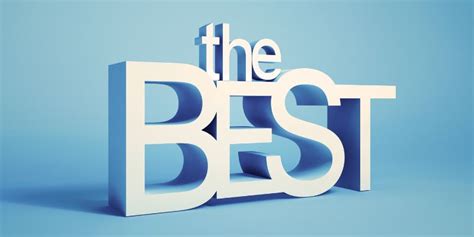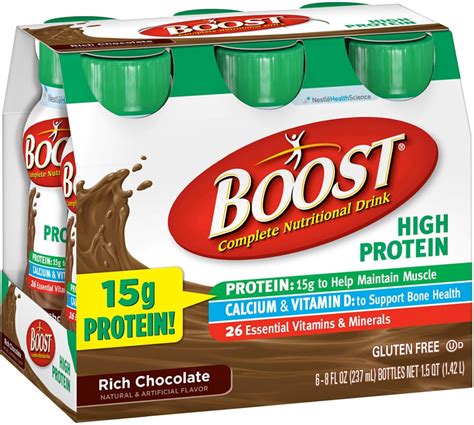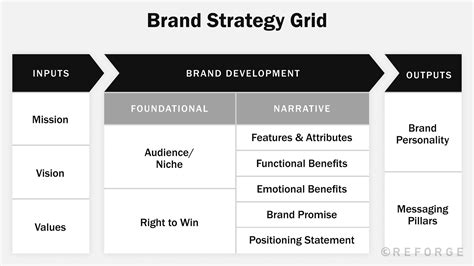How can men optimize testosterone for peak vitality & muscle growth?

Understanding Testosterone’s Role in Men’s Health
Testosterone, often hailed as the cornerstone of male vitality, plays a pivotal role far beyond just muscle development. This vital hormone influences energy levels, mood, cognitive function, bone density, libido, and body composition. As men age, testosterone levels naturally begin to decline, often leading to symptoms like fatigue, decreased muscle mass, increased body fat, and reduced motivation. However, age isn’t the sole determinant; modern lifestyle factors significantly impact hormonal balance. Optimizing testosterone isn’t about chasing extreme levels but about creating an internal environment where your body can thrive, unlocking peak physical and mental performance.
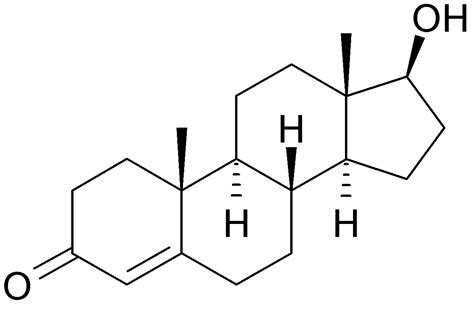
Nutrition: Fueling Hormone Production
Your diet is perhaps the most fundamental pillar in testosterone optimization. It’s not just about what you eat, but what you consistently consume. A balanced intake of macronutrients (proteins, fats, carbohydrates) and micronutrients is crucial.
Prioritize Healthy Fats
Cholesterol is a precursor to testosterone, and healthy fats provide the necessary building blocks. Incorporate monounsaturated and polyunsaturated fats from sources like avocados, olive oil, nuts, seeds, and fatty fish (salmon, mackerel). Avoid trans fats and excessive saturated fats from processed foods, as these can negatively impact heart health and hormone balance.
Adequate Protein Intake
Protein is essential for muscle repair and growth, which indirectly supports testosterone production. Aim for lean protein sources such as chicken breast, turkey, eggs, lean beef, and plant-based options like lentils and beans. Consuming enough protein helps maintain a healthy body composition, further aiding hormone regulation.
Micronutrient Powerhouses
Specific vitamins and minerals are directly involved in testosterone synthesis. Zinc is vital for hormone production, found in oysters, red meat, nuts, and legumes. Vitamin D, often called the “sunshine vitamin,” is actually a pro-hormone linked to higher testosterone levels; ensure adequate sun exposure or supplementation. Magnesium also plays a role in free testosterone levels, found in leafy greens, nuts, and whole grains.
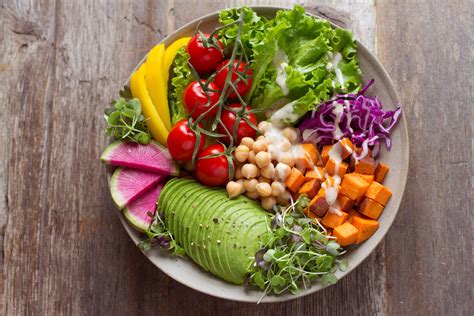
Strength Training & Strategic Exercise
Physical activity, especially resistance training, is a powerful stimulator of testosterone. However, the type and intensity of exercise matter.
Focus on Compound Lifts
Exercises that engage multiple muscle groups simultaneously, such as squats, deadlifts, bench presses, overhead presses, and rows, trigger a greater hormonal response. These movements stimulate more muscle fibers, leading to a more significant release of testosterone and growth hormone. Aim for heavy lifts with proper form, focusing on 3-5 sets of 4-8 repetitions.
Incorporate High-Intensity Interval Training (HIIT)
Short, intense bursts of exercise followed by brief recovery periods can also effectively boost testosterone. HIIT sessions are time-efficient and can improve cardiovascular health while optimizing hormone levels. However, balance is key; excessive, prolonged endurance training (like marathon running without proper recovery) can sometimes have the opposite effect by increasing cortisol.
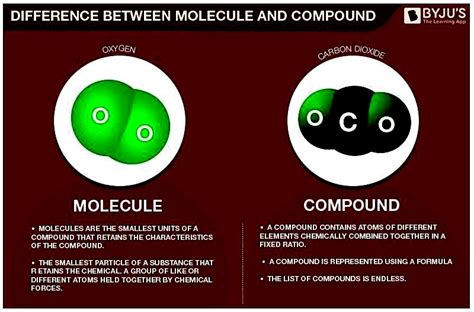
Prioritizing Rest and Stress Management
Often overlooked, sleep and stress are critical determinants of your hormonal health.
The Power of Quality Sleep
Testosterone production largely occurs during deep sleep cycles. Chronic sleep deprivation (less than 7-9 hours per night) can significantly lower testosterone levels, sometimes by as much as 10-15%. Prioritize consistent, high-quality sleep by maintaining a regular sleep schedule, creating a dark, cool sleep environment, and avoiding screens before bed.
Managing Chronic Stress
When you’re stressed, your body releases cortisol, the primary stress hormone. High cortisol levels can suppress testosterone production. Integrating stress-reducing practices into your daily routine is vital. This could include meditation, deep breathing exercises, spending time in nature, engaging in hobbies, or practicing mindfulness.

Lifestyle Adjustments for Long-Term Optimization
Beyond the core pillars, several lifestyle factors contribute to maintaining optimal testosterone levels.
Maintain a Healthy Body Fat Percentage
Excess body fat, particularly visceral fat around the abdomen, can lead to increased conversion of testosterone to estrogen via an enzyme called aromatase. Maintaining a healthy body fat percentage (typically 10-20% for men) is crucial for hormonal balance.
Avoid Endocrine Disruptors
Certain chemicals found in plastics (BPA, phthalates), pesticides, and personal care products can mimic or interfere with hormones, potentially disrupting testosterone production. Opt for glass or stainless steel containers, choose organic produce when possible, and read labels on personal care items.
Consider Targeted Supplementation (with caution)
While diet should be the primary focus, some supplements can be beneficial if there’s a deficiency or specific need, always under professional guidance. Vitamin D and Zinc are commonly recommended. Ashwagandha, an adaptogenic herb, has shown promise in reducing stress and supporting testosterone in some studies. Always consult a healthcare professional before starting any new supplement regimen.
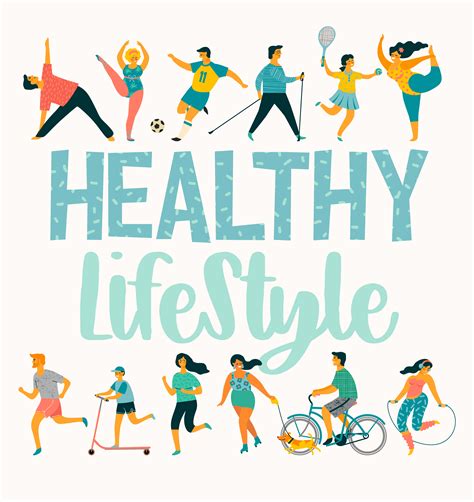
The Holistic Path to Peak Vitality
Optimizing testosterone for peak vitality and muscle growth is not about quick fixes or magic pills; it’s a holistic, integrated approach to your health. By consistently focusing on nutrient-dense foods, effective strength training, sufficient quality sleep, and proactive stress management, men can create a powerful synergy that naturally supports healthy testosterone levels. This journey leads not only to improved physical performance and body composition but also to enhanced energy, mood, and an overall greater sense of well-being. Always remember to consult with a healthcare professional to tailor advice to your individual health needs.

